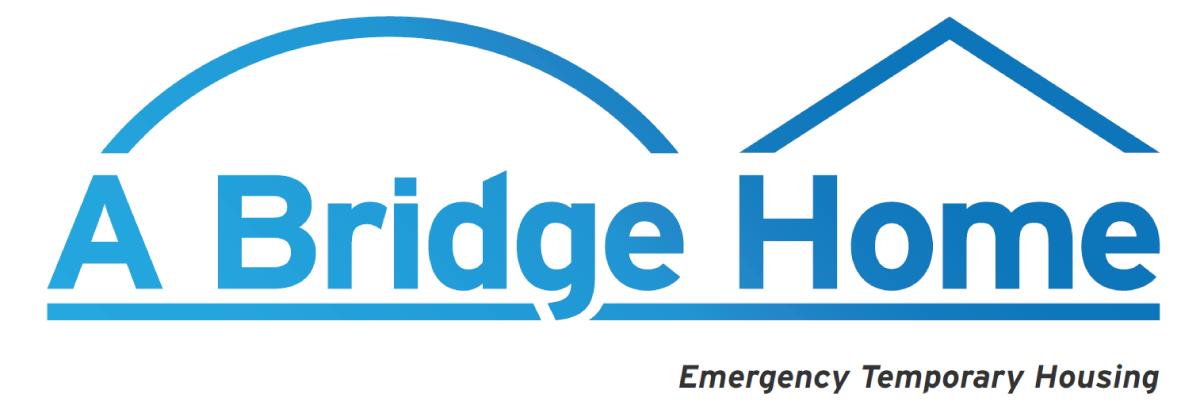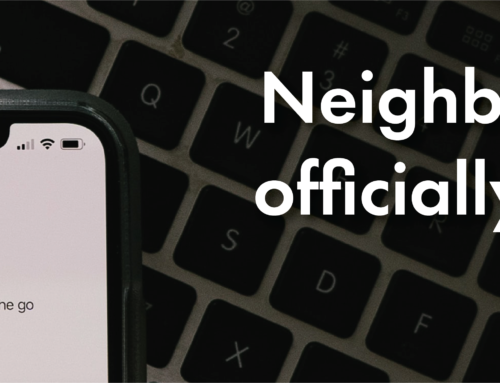Mayor Garcetti’s temporary homeless housing initiative – called A Bridge Home – has begun rolling out across LA, with the first site already open in the historic city center district near El Pueblo.
Many Neighborhood Councils have been fielding questions and concerns from their stakeholders about the impact this program will have on their community. The Mayor’s office has created the following FAQ, to answer the most commonly-asked questions about A Bridge Home.
Please feel free to share this information with your stakeholders in your newsletter or at your meetings and town halls. If you’d like to download or share a printable version of this FAQ, here’s the link to do so: http://tiny.cc/BridgeHomeFAQ
FAQ in Spanish: https://www.lamayor.org/bridge-home-spanish
FAQ in Korean: https://www.lamayor.org/bridge-home-korean
To learn more about A Bridge Home, please visit LAMayor.org/bridge-home
FAQ: ANSWERS ABOUT BRIDGE HOUSING FROM THE MAYOR’S OFFICE
Why was my neighborhood selected for bridge housing?
If we’re going to end homelessness, we need to create solutions in every community — which is why the Mayor’s budget funds temporary emergency housing in all 15 Council Districts. Each temporary emergency housing site will be selected based on its proximity to dense homeless encampments. These sites are specifically designed to serve the homeless population that already lives in your community, and will help clean up encampments in your neighborhood. Every Council District that builds temporary emergency housing will receive additional sanitation and LAPD HOPE Team funds to restore spaces that were previously encampment sites into safe, clean, public passageways.
Who is going to live in the new housing?
The City is deploying teams of outreach workers to engage homeless Angelenos who live around the A Bridge Home site to ensure that people moving into the temporary emergency housing are already residents of the neighborhood. The only qualification for people to move in is their proximity to the site. Each site is specifically designed to support the needs of the population nearby — whether they are women, men, or senior citizens. Everyone will have their housing needs assessed as they come on-site, and their case manager will work with them to move them into a more permanent solution.
Will A Bridge Home bring homeless people into my neighborhood?
No. This temporary emergency housing is designed specifically to serve people who live in encampments in the community surrounding the site, who will be pre- identified during a period of outreach. The City is bringing in additional sanitation and enforcement services to ensure that the streets surrounding the sites remain safe and clean.
How are you deciding where to put the bridge housing?
The City is primarily looking at lots it already owns — that are at least 20,000 square feet in size and located near dense homeless encampments. But before a site is officially chosen, it is assessed by engineers to ensure that it’s an appropriate place to put temporary housing, and that it’s equipped with the necessary water, power, and sewage connections.
What will the sites look like?
Each council district is committed to creating a site that reflects the spirit and aesthetic of the neighborhood where it stands. They will be designed to incorporate the input of service providers, to
optimize access to services and create a comfortable community space that helps clients stabilize and get back on their feet. The structures themselves will be trailers or platformed spaces covered in canvas.
How long will they be open?
Three years.
What are the hours of operation for A Bridge Home sites?
The sites are operated 24 hours a day; 7 days a week, with staff and security on site at all times.
How long do you expect people to stay in the bridge housing?
Our goal is to move people out of the shelters and into more permanent housing as quickly as possible — meaning that beds could turn over as many as four times in a year. But how long someone stays in the temporary emergency housing is based on their need. The sites will be staffed with housing navigators, mental health professionals, and anti-addiction specialists who will help clients get back on their feet as quickly as possible.
Will our neighborhood be less safe with this bridge housing?
No. All of the sites will be fully staffed with 24/7 on-site security, and City staff will closely monitor each site to help ensure safety and cleanliness. Our County partners are ramping up the deployment of outreach workers and supportive services to local homeless residents, to help them transition into the temporary emergency housing, and later into permanent homes. With the City’s additional funding for sanitation services, existing encampments will be converted into clean, safe public spaces for all residents to enjoy.
Are you going to have services on site?
Yes! The City and County have partnered to fund services for all residents of A Bridge Home sites that will help people move out of the temporary emergency housing and into permanent housing as quickly as possible. Each resident will have a case manager, as well as mental health, housing, and substance abuse support — not to mention three meals a day, storage, showers, restrooms, a place for pets, and 24/7 security.
Are residents of A Bridge Home sites required to be sober?
No. Entry to the site is determined by how close someone’s tent is to the site — not whether they’re sober. However, each site will be fully equipped with mental health and anti-addiction specialists who will help new residents start on the path to sobriety.
How are you going to make sure the encampments don’t come back?
The City is committed to making sure that the streets surrounding new A Bridge Home sites stay safe and clean. Homeless Angelenos will still be able to put up their tents between the hours of 9pm and 6am, but during the daytime, the City is establishing special enforcement zones to ensure that tents are taken down.
Are you criminalizing homelessness?
This effort is in no way intended to criminalize people who live on the streets. We cannot — and will not — arrest our way out of the homelessness crisis. People in desperate need of help should not be punished for their circumstances. The City’s priority is bringing people indoors — not issuing citations. However, if homeless residents choose not to take down their tents during the daytime, and receive citations as a result, the Mayor’s Office will connect them with the HEART program, which gives homeless Angelenos the option of doing community service or participating in substance abuse counseling in lieu of paying fines.
This doesn’t sound like a permanent solution. What about everyone who doesn’t get into A Bridge Home site?
Thanks to the voters of L.A., the City is getting to work building thousands of units of supportive housing for our most vulnerable homeless neighbors over the next decade. But people who are living on the streets tonight can’t wait for new housing to come online. They need help now. That’s why A Bridge Home is helping connect people to permanent solutions today.
How else can I help my homeless neighbors?
No one can do everything to solve homelessness, but everyone can do something. The most important thing you can do is say “yes” to supportive housing and bridge housing in your community, and help educate your neighbors about the critical importance of this work. You can also learn more about how you can help at LAMayor.org/HelpHomelessAngelenos






